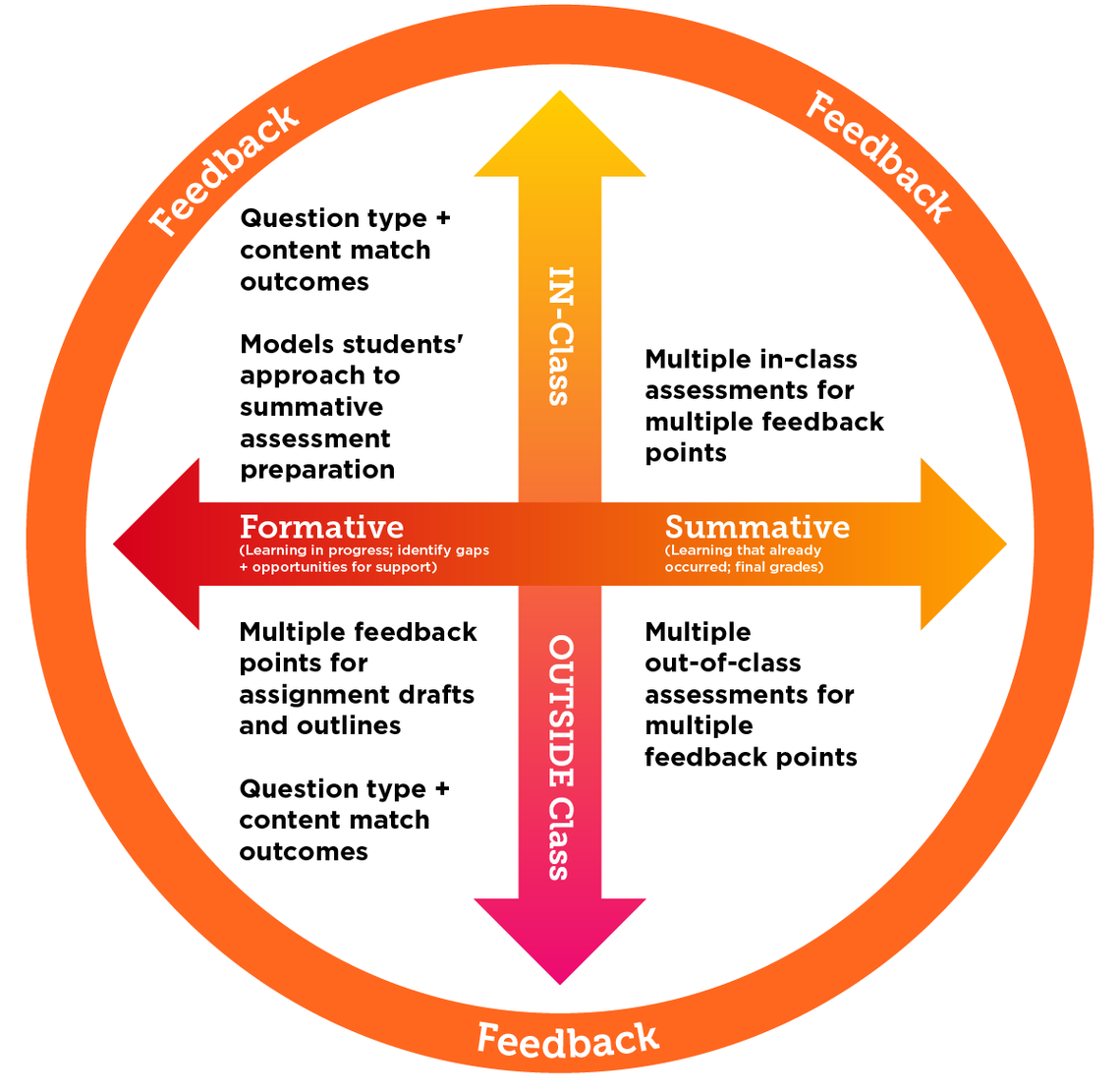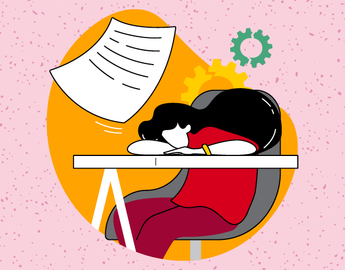Increasing feedback literacy

One of the benefits of testing is the feedback that it provides students about their current performance; however, research also suggests that the feedback provided is not used by the students (Jørgensen, 2019). Helping students use feedback literacy refers to a student’s ability to interpret feedback so they can evaluate and adjust their behaviours. Feedback should be an active dialogue between instructors and students, and should not be passively received.
Students with a fixed mindset are more likely to respond defensively to feedback that destabilizes their self-concept (Forsythe & Johnson, 2017). Students with a fixed mindset are less likely to engage with feedback as they believe that changes will not impact performance. They are also more likely to have an affective response to feedback that challenges their self-concept (Kaur et al., 2018).

Reflection questions:
Take a moment to think about your current feedback process, particularly for tests. What elements of your current feedback process would encourage students to engage? What elements might you want to change or adapt to?
Lesson checklist
After this lesson, you will be able to:
-
Understand challenges to student use of feedback and the need for feedback literacy
-
Develop a plan to encourage student self-assessment before, during, and after testing




